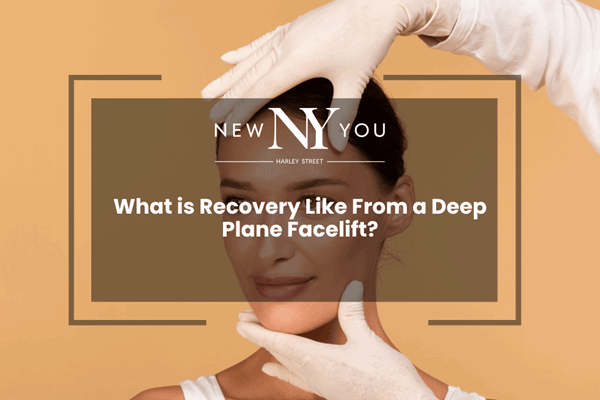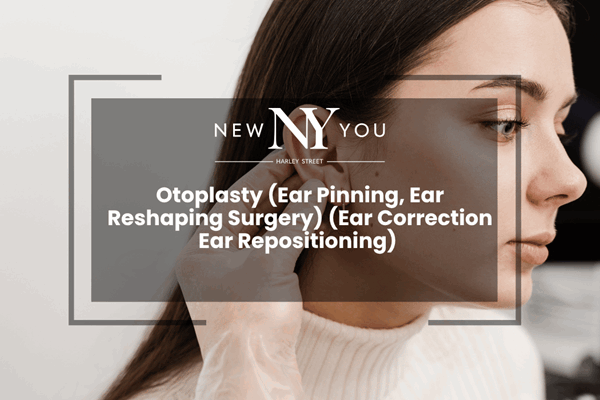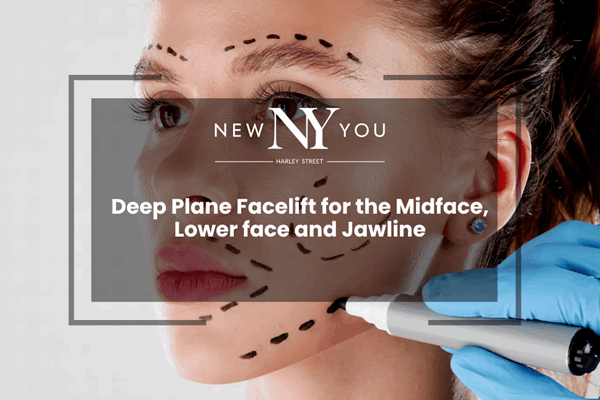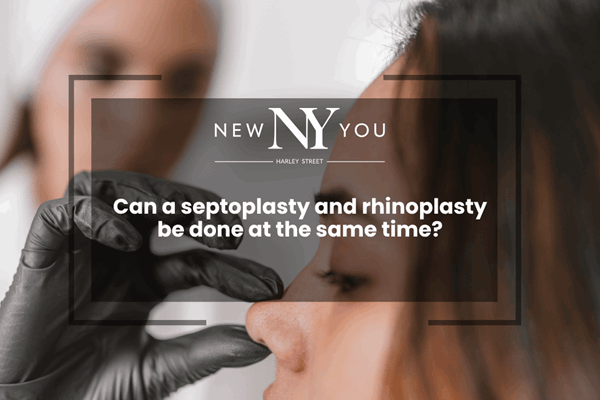
What is Recovery Like From a Deep Plane Facelift?
The deep plane facelift recovery journey follows a predictable timeline that helps patients understand what to expect during their healing process. During the initial 24-48 hours, patients experience the most intensive recovery period, requiring dedicated rest and careful monitoring. Swelling peaks around day three, with significant improvement noticed by the end of the first week.
Most patients see dramatic improvements in swelling and bruising between weeks two and three. By week four, approximately 75% of swelling has typically resolved, though subtle changes continue for several months. The complete healing process typically spans 6-12 months, during which time incisions fully mature and final results become apparent.






